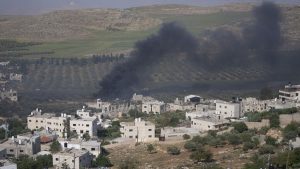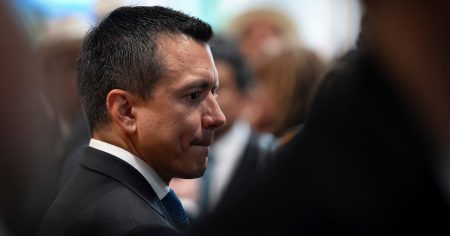Lita McClinton Sullivan, a 35-year-old Black socialite from Atlanta, was anxiously awaiting the court decision in her multimillion-dollar divorce from her husband, James Vincent Sullivan. The marriage had been tumultuous, with Jim, a wealthy white man, becoming a terrifying bully over the years. Lita’s parents had disapproved of him from the start due to his disrespectful behavior. On the day of the court decision, Lita was shot in her home by an unknown assailant, and despite the best efforts of paramedics, she did not survive. Her parents, Jo Ann and Emory McClinton, were determined to seek justice for their daughter.
The murder of Lita McClinton Sullivan in 1987 shocked the city of Atlanta and the country. Despite being a prominent case, no one had been convicted of her murder 17 years after her death. Journalist Deb Miller Landau, who initially wrote about the case in 2004, carried a box of documents related to the case for years, feeling drawn to the story. As the Black Lives Matter movement gained momentum in 2020, Landau felt compelled to delve deeper into Lita’s story and bring justice to the telling of her murder orchestrated by white greedy men.
Landau embarked on a journey to uncover the full extent of Lita’s story by interviewing various individuals involved in the case, including law enforcement officials, friends, and members of the McClinton family. Through her investigation, she gained new perspectives on the power dynamics, prejudices, and racial injustices that played a role in Lita’s murder. Landau reflects on Desmond Tutu’s words about the interconnectedness of humanity, highlighting the ongoing reckoning with issues of gender-based violence, racism, and the influence of wealth in the pursuit of justice.
The forthcoming book by Deb Miller Landau, “A Devil Went Down to Georgia: Race, Power, Privilege, and the Murder of Lita McClinton,” explores the complexities of Lita’s life and the circumstances surrounding her tragic death. Landau’s research and writing shed light on the impact of Lita’s story on those who were touched by it, emphasizing the enduring relevance of her life and the lessons it holds for society. The book is set to be published on August 6, 2024, offering readers a deeper understanding of a case that continues to resonate with individuals decades later.
Deb Miller Landau’s investigative work in reopening Lita McClinton Sullivan’s murder case provides a platform for reflection on historical injustices and the ongoing struggle for justice and equality. By revisiting Lita’s story through a contemporary lens, Landau invites readers to consider the interconnectedness of human experiences and the importance of confronting systemic inequalities. Through her book, Landau aims to honor Lita’s memory and contribute to the broader conversation about race, power, privilege, and the pursuit of justice in society.
















